
Home > Hazardous Materials
DOT PLACARDS
HAZARD CLASS 1 - EXPLOSIVES
Explosives or any devices or chemicals that are designed to explode or combust.
Orange sign (sometimes) with an explosion graphic on top. Hazard class one (1) & division number or compatibility letter noted at bottom. Explosive or Blasting Agent is spelled out in the middle. Also have compatibility letters, marked A-S, to help signify what other products are safe to travel with them
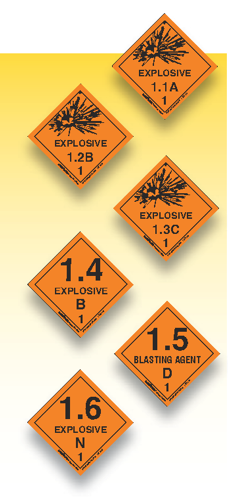
- 1.1: Potential to create a mass explosion.
- 1.2: Potential to create a projectile hazard.
- 1.3: Potential to create a fire or minor blast.
- 1.4: No significant risk of creating a blast or hazard.
- 1.5: Considered very insensitive, that are used as blasting agents.
- 1.6: Considered extremely insensitive, with no risk to create a mass explosion.
HAZARD CLASS 2 - GASES
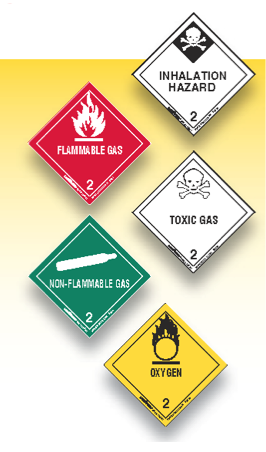
- Flammable/combustible gases: red sign. Include: ethyl chloride & liquefied petroleum gases.
- Non-flammable/non-poisonous gases: green sign. Include: carbon dioxide, compressed helium, nitrogen & helium
- Toxic/poisonous gases: white sign. Include: sulphur dioxide, bromine chloride, carbon monoxide & chlorine
- Oxygen: yellow sign
HAZARD CLASS 3 - FLAMMABLE LIQUIDS
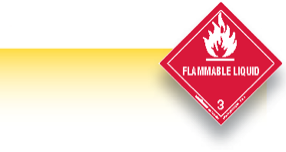
Includes: paints, alcohols, gasoline, kerosene & ethanol
HAZARD CLASS 4 - FLAMMABLE SOLIDS
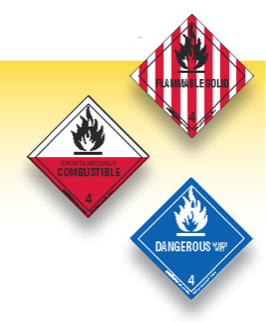
- Flammable solid: red-and-white vertical-striped
- Spontaneously combustible solids: top white, bottom red
- Water reactive: Solid blue
HAZARD CLASS 5 - OXIDISING CHEMICALS
Oxidising chemicals that could be prone to combustion.
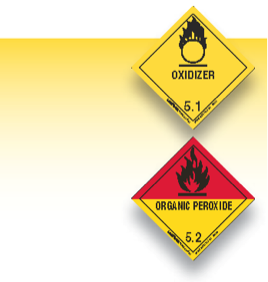
- Oxidisers: designated with a yellow label, with an oxygen logo at the top. Hazard class 5.1 at the bottom
- Organic peroxides: designated with a half-red & half-yellow label, with a flammable graphic at the top in the red portion. Hazard 5.2 located at the bottom.
HAZARD CLASS 6 - POISONOUS MATERIALS
Poisonous substances & biohazard substances
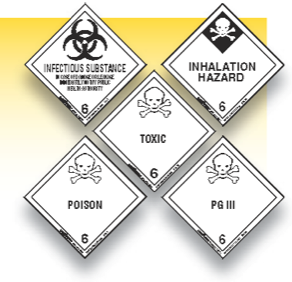
- Poisonous substances: identified by a white poison sign with a skull and crossbones graphic at the top and hazard class six (6) at the bottom. Include aerosols, ammonium fluoride, mercury-based pesticides & phenol
- Biohazard substances: identified by a white sign with a biohazard logo at the top and hazard class six (6) at the bottom. Includes biological substances, regulated medical waste or virus cultures.
HAZARD CLASS 7 - RADIOACTIVE SUBSTANCES
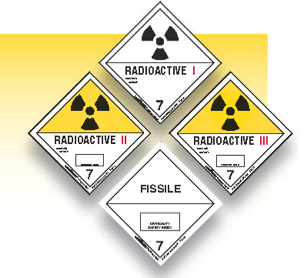
Radioactive materials and substances are recognised by yellow & white HAZMAT signs, with a radioactive logo at the top, yellow portion & the hazard class seven (7( at the bottom, on the white portion
HAZARD CLASS 8 - CORROSIVE SUBSTANCES
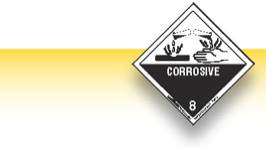
Include: hydrochloric acid, potassium hydroxide and sodium hydroxide
HAZARD CLASS 9 - MISC. DANGEROUS GOODS
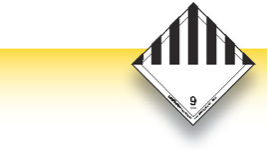
Include: lithium batteries, asbestos, dry ice & other consumer commodities
NFPA PLACARD
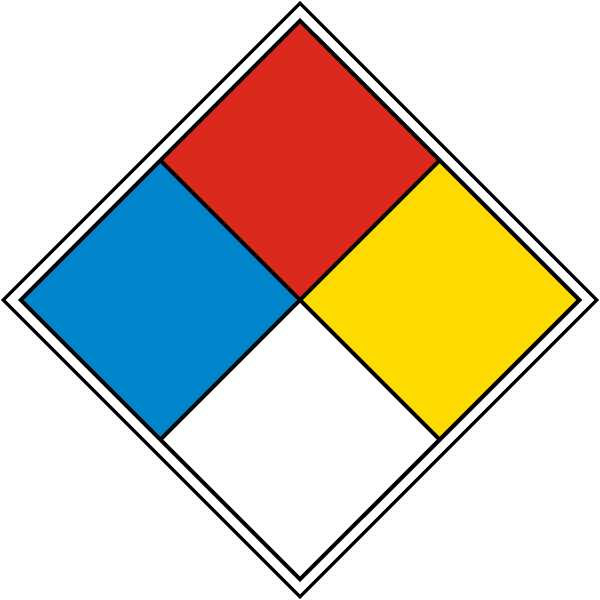
FIRE HAZARD
4 - Below 73° F
3 - Below 100° F
2 - Between 100° F and 200° F
1 - Above 200° F
0 - Will not Burn
3 - Below 100° F
2 - Between 100° F and 200° F
1 - Above 200° F
0 - Will not Burn
REACTIVITY
4 - May Detonate
3 - Shock/Heat may Detonate
2 - Violent Chemical Change
1 - Unstable if Heated
0 - Stable
3 - Shock/Heat may Detonate
2 - Violent Chemical Change
1 - Unstable if Heated
0 - Stable
SPECIFIC HAZARD
ACID
ALK
COR
ALK
COR
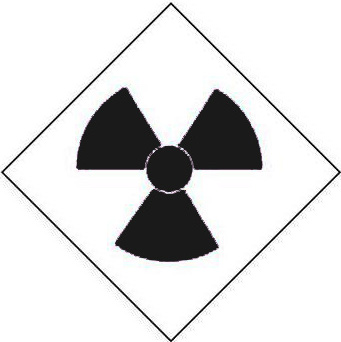
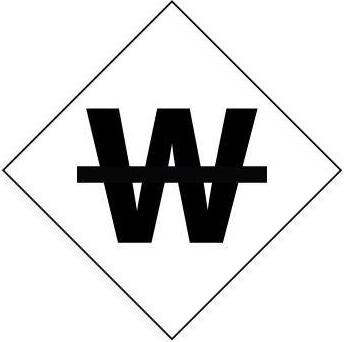
Acid
Alkali
Corrosive
Radioactive
Use no Water
Alkali
Corrosive
Radioactive
Use no Water
HEALTH HAZARD
4 - Deadly
3 - Extreme Danger
2 - Hazardous
1 - Slightly Hazardous
0 - Normal Material
3 - Extreme Danger
2 - Hazardous
1 - Slightly Hazardous
0 - Normal Material
© 2020-2025 Ross Dargahi - Disclaimer - About - Feedback